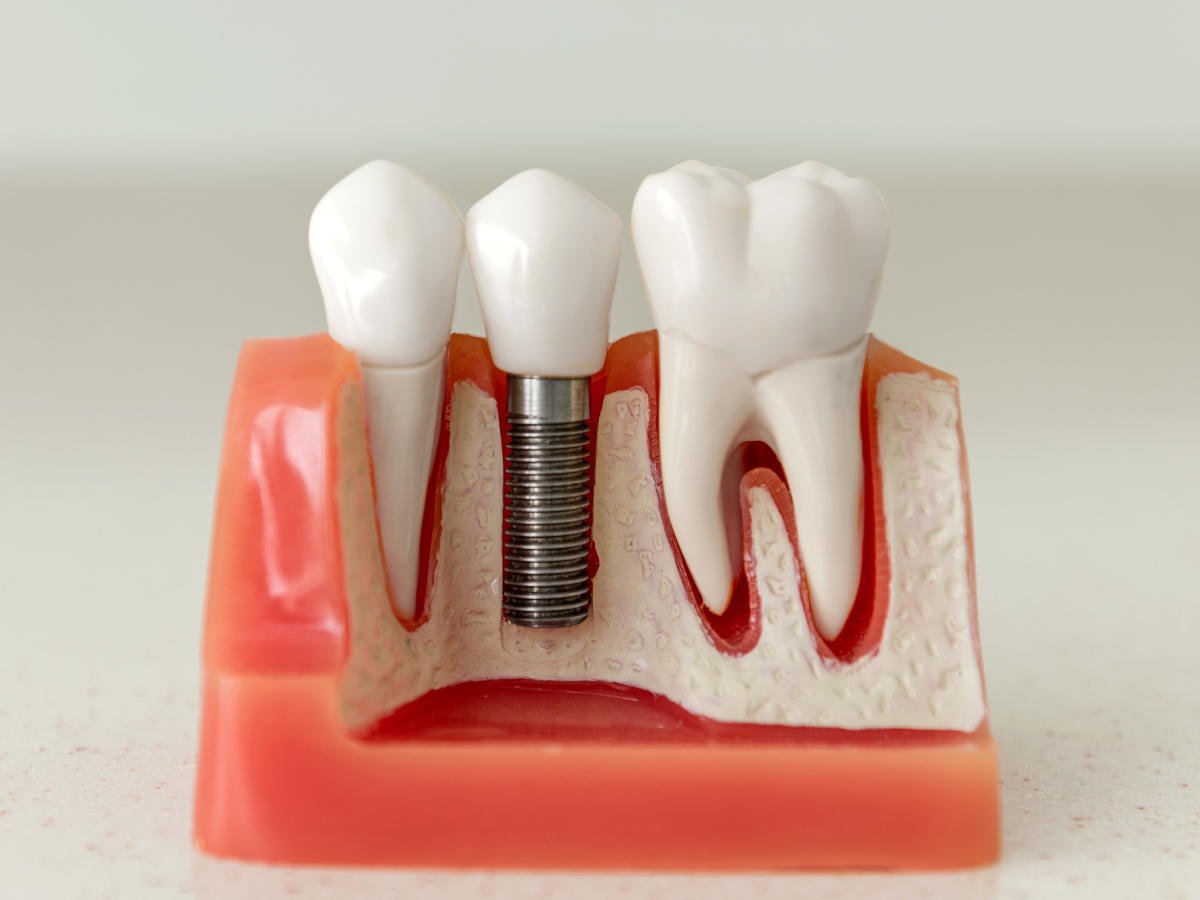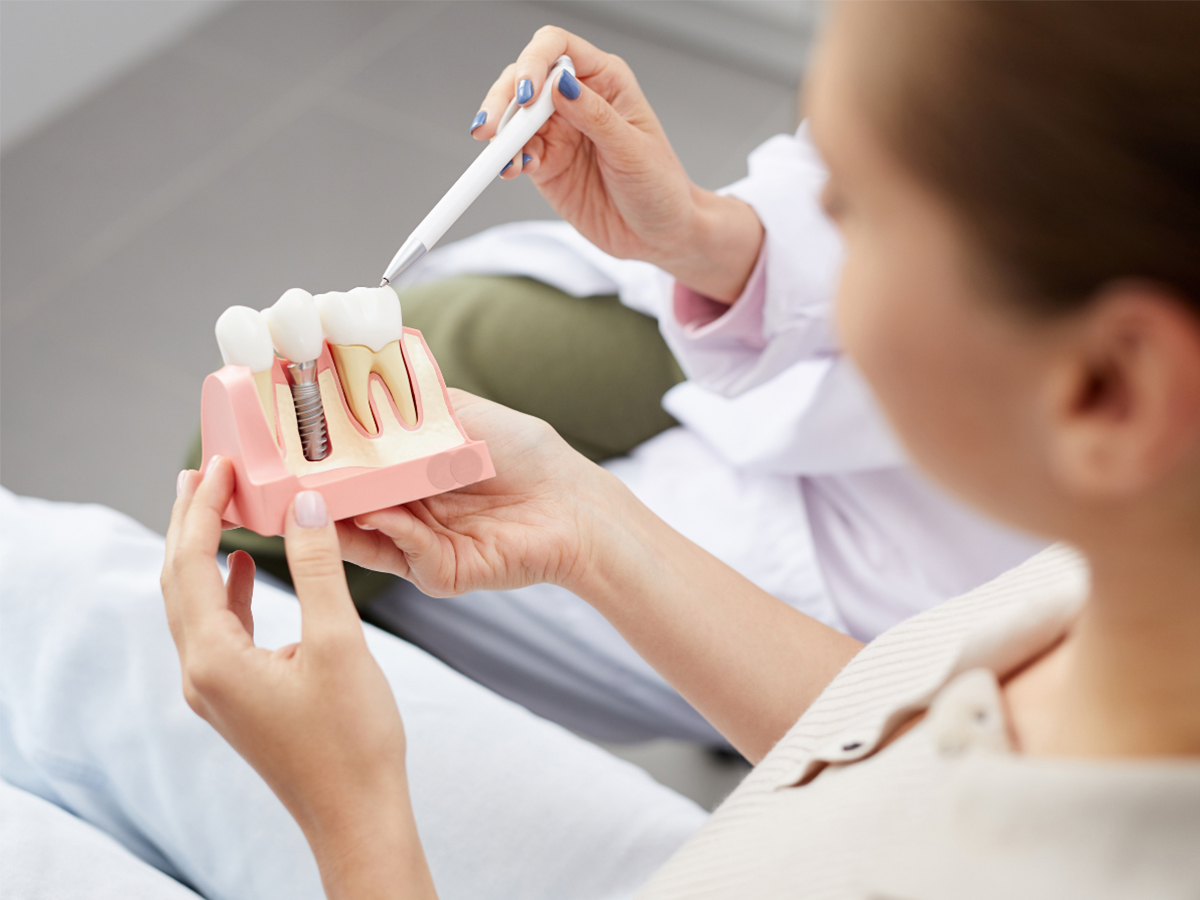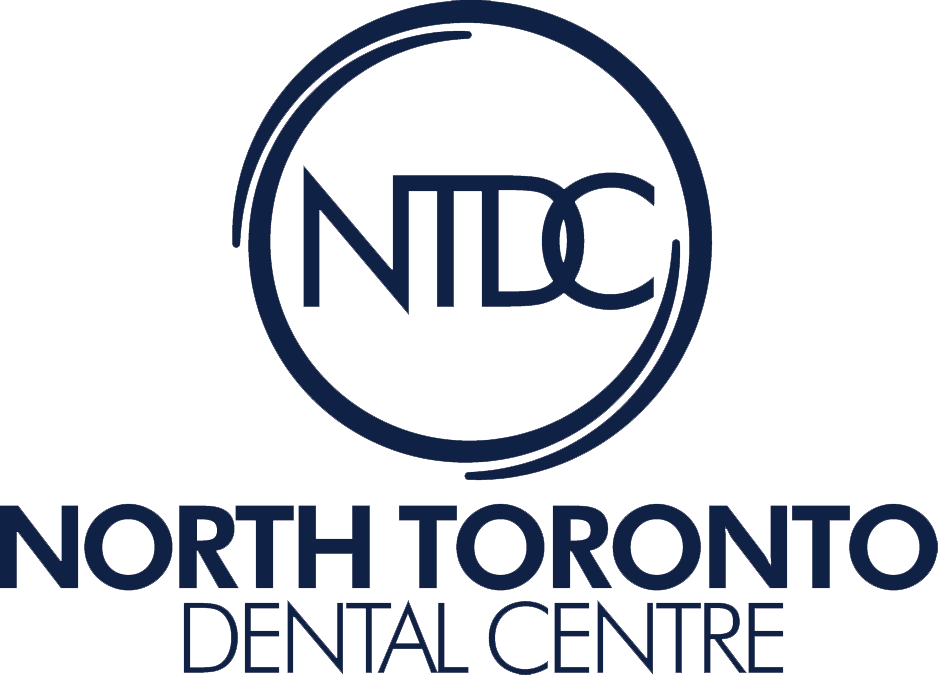Blog
Family Dentist: Hereditary Dental Pattern Tracking
October 8, 2025 / Dentistry
When families visit their family dentist regularly
Dental professionals can identify hereditary patterns that influence oral health across generations. These genetic predispositions affect everything from cavity susceptibility to orthodontic needs, allowing for targeted preventive care and early intervention strategies.
At North Toronto Dental Centre, located at 1942 Avenue Rd, North York, ON, M5M 4A1, dental professionals observe hereditary dental patterns in families they’ve treated for multiple generations. This longitudinal perspective enables personalized treatment approaches based on genetic tendencies and family history analysis.
How Family Dentist Analyzes Genetic Predispositions
A family dentist can identify genetic predispositions by examining dental patterns across multiple family members and generations. Twin studies published in Caries Research (Bretz et al., 2005) have consistently demonstrated that genetic factors play a significant role in dental caries susceptibility.
Cavity patterns often follow hereditary lines, with specific tooth surfaces showing increased vulnerability in related individuals. Research in the Journal of Dental Research shows that children of parents with extensive caries experience have significantly higher risk of developing dental decay compared to children of caries-free parents.
Saliva composition, which affects cavity risk, shows strong genetic components. A family dentist can observe similar pH levels, buffering capacity, and bacterial populations among family members, indicating inherited oral environment characteristics as documented in Community Dentistry and Oral Epidemiology.
Family Dentist Identifies Gum Disease Hereditary Patterns
Periodontal disease susceptibility demonstrates significant genetic influence. Twin studies published in the Journal of Clinical Periodontology have shown heritability estimates of approximately 50% for chronic periodontitis and up to 61% for aggressive periodontitis.
Key Genetic Risk Factors:
- IL-1 gene cluster variations increase inflammatory responses to plaque (see Kornman et al., 1997).
- Families with these genetic variants show earlier periodontal disease onset
- More severe disease progression occurs in genetically susceptible individuals
- Bacterial composition in the mouth shows hereditary similarities
- Immune response patterns follow family lines as documented in periodontology research
The family dentist can implement aggressive preventive protocols for genetically susceptible families, including more frequent cleanings and specialized home care regimens. Early intervention based on family history can prevent or delay periodontal disease onset according to clinical studies in Periodontology 2000.
Orthodontic Needs Tracked by Family Dentist
Jaw size, tooth size, and facial growth patterns show strong hereditary components that a family dentist can track across generations. Research published in the American Journal of Orthodontics and Dentofacial Orthopedics indicates that genetic factors account for 38-85% of the variation in different malocclusion traits.
Specific orthodontic problems, such as Class II or Class III bite relationships, often appear consistently within family lines. Studies in the European Journal of Orthodontics demonstrate significant familial clustering of malocclusion patterns.
Early orthodontic screening becomes particularly important for families with hereditary malocclusion patterns. The family dentist can recommend timely interventions that may reduce treatment complexity and duration based on evidence from orthodontic literature.
Multi-Generational Treatment Planning
A family dentist develops comprehensive treatment plans that consider hereditary risk factors and family dental history. This approach allows for proactive care that addresses genetic predispositions before problems develop.
Treatment Planning Benefits:
- Preventive strategies customized based on family patterns
- Families with high cavity rates receive prescription fluoride products
- Periodontal susceptibility families get enhanced plaque control protocols
- Treatment timing optimized using family history data
- Earlier intervention recommended for children with genetic risk factors
- Complex problems prevented through proactive care
Research in Community Dentistry and Oral Epidemiology supports the effectiveness of targeted prevention strategies based on risk assessment, including genetic factors.
Preventive Strategies Based on Family History
Customized preventive protocols developed by a family dentist can significantly reduce the impact of genetic predispositions. Studies published in the Journal of the American Dental Association demonstrate that risk-based prevention approaches show superior outcomes compared to one-size-fits-all strategies.
Dietary counseling becomes more specific when based on family patterns. Families with genetic cavity susceptibility receive detailed guidance about frequency of sugar exposure and protective foods based on caries research principles.
Home care recommendations vary based on hereditary factors. The family dentist may prescribe specialized toothpastes, mouth rinses, or oral hygiene devices for families with specific genetic risk profiles.
DNA Testing Applications in Family Dental Care
Emerging genetic testing technologies allow a family dentist to identify specific genetic markers associated with oral health risks. Commercial tests like those offered by Interleukin Genetics can identify genetic variations in the IL-1 gene cluster that affect periodontal disease susceptibility (see Kornman & di Giovine, 1998).
Genetic testing for cavity risk examines variations in genes affecting enamel formation, saliva composition, and immune response. Research published in Archives of Oral Biology supports the role of genetic variations in caries susceptibility (Vieira et al., 2014).
Pharmacogenetic testing helps the family dentist select optimal medications and treatments based on individual genetic profiles. This personalized approach improves treatment outcomes and reduces adverse reactions according to pharmacogenomics research.
Personalized Care for Entire Households
A family dentist can coordinate care across all household members, creating synergistic treatment approaches that address shared genetic risks. This comprehensive strategy maximizes preventive benefits for the entire family.
Shared risk factors allow for household-wide interventions, such as dietary modifications or environmental changes that benefit all family members. The family dentist can implement these strategies more effectively than treating individuals separately.
Family education becomes more targeted when based on genetic predispositions. The family dentist can provide specific information about hereditary risks and prevention strategies relevant to each family's genetic profile.
Long-Term Monitoring by Family Dentist
Continuous monitoring by a family dentist allows for refinement of treatment strategies as new family members are born and genetic patterns become clearer. This longitudinal approach improves prediction accuracy over time.
Treatment protocols can be adjusted based on emerging research about genetic factors in oral health. The family dentist stays current with genetic discoveries that may impact family care strategies.
Regular reassessment ensures that preventive strategies remain effective as family members age and their risk profiles change. The family dentist can modify approaches based on new genetic information or changing family circumstances.
Contact Us
North Toronto Dental Centre provides comprehensive family dental care that incorporates genetic risk assessment and hereditary pattern analysis. Contact them at 416-783-4433 or reception@ntdental.ca to learn how their family dentist approach can benefit your household's oral health.
The clinic is open Monday through Thursday from 8:00 am to 6:00 pm, Friday and Saturday from 8:00 am to 3:00 pm (two Saturdays per month), making it convenient for families to receive coordinated genetic-based dental care.
Understanding hereditary dental patterns empowers families to take proactive steps in preventing genetic predispositions from becoming serious oral health problems through personalized care strategies developed by an experienced family dentist.
References:
- Bretz, W.A., et al. (2005). Heritability estimates for dental caries. Caries Research, 39(6), 611-617.
- Hassell, T.M. & Harris, E.L. (1995). Genetic influences in caries and periodontal diseases. Critical Reviews in Oral Biology & Medicine, 6(4), 319-342.
- Kornman, K.S., et al. (1997). The interleukin-1 genotype as a severity factor in adult periodontal disease. Journal of Clinical Periodontology, 24(1), 72-77. https://pubmed.ncbi.nlm.nih.gov/9049801/
- Michalowicz, B.S., et al. (2000). Evidence of a substantial genetic basis for risk of adult periodontitis. Journal of Periodontology, 71(11), 1699-1707.
- Mossey, P.A. (1999). The heritability of malocclusion: part 2. The influence of genetics in malocclusion. British Journal of Orthodontics, 26(3), 195-203.
Archive










